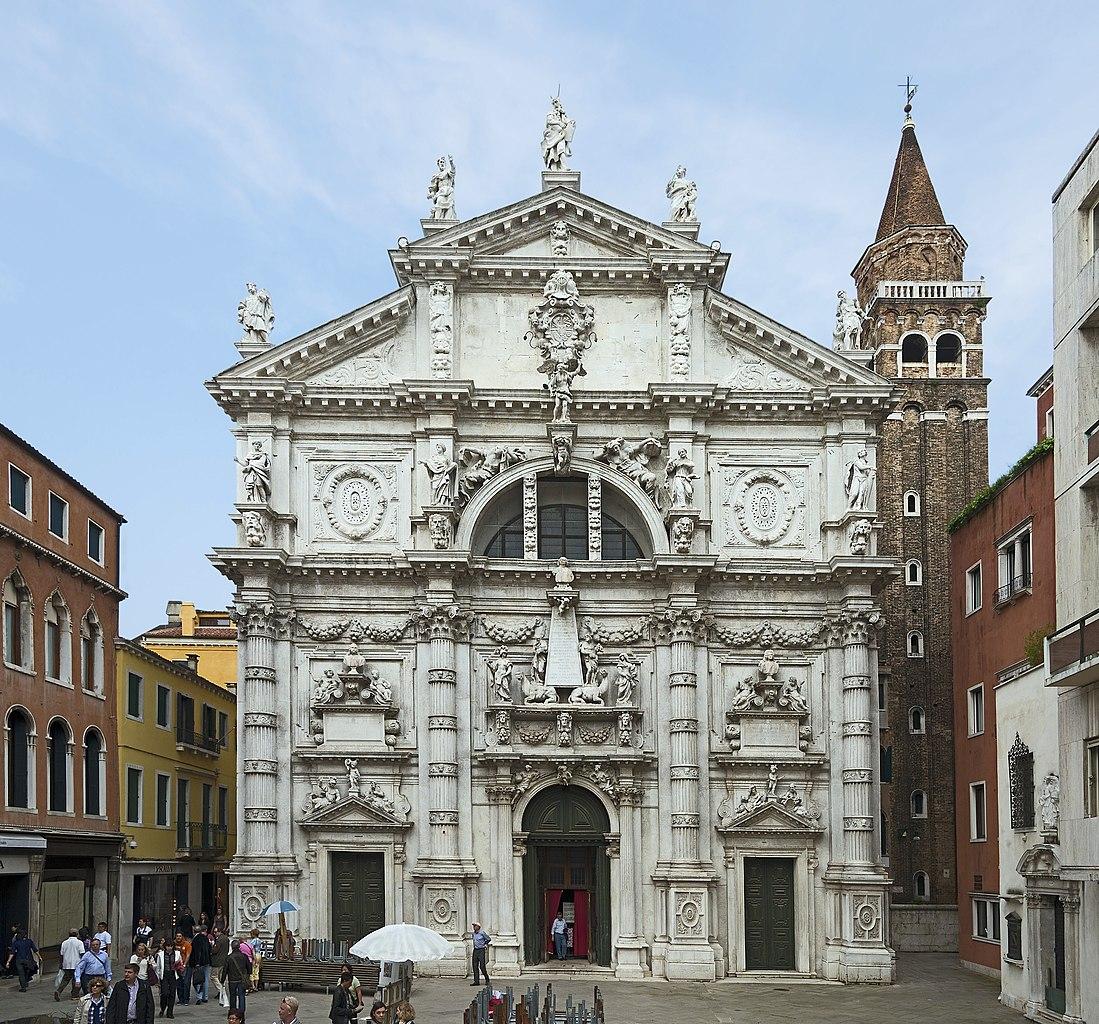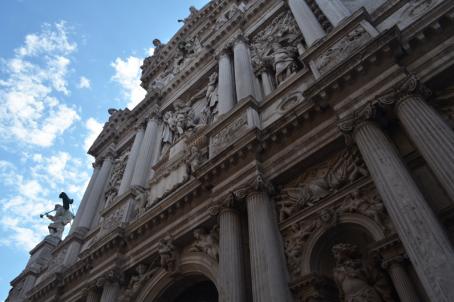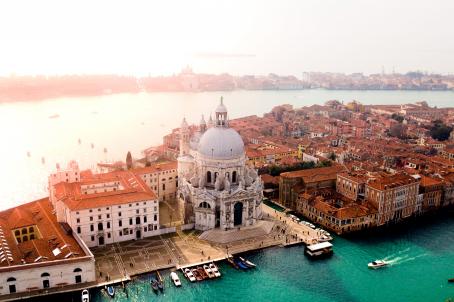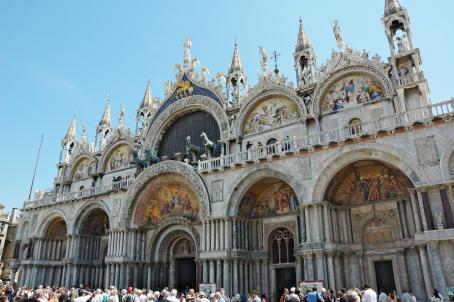Chiesa di San Moisè
The original church of San Moisè is said to have been erected at the end of the 8th century by the Artigeri and Scoparii families and was originally dedicated to St Vittore. The church has been rebuilt over the centuries, but it is the 17th-century reconstruction that has had the greatest impact on the church. The façade was built in 1668 thanks to the financing of the brothers Vincenzo and Girolamo Fini who, according to their wishes, are represented on two busts placed above the side entrances. The project was carried out by Alessandro Tremignon from Padua, brother of the parish priest of the time, Andrea. In 1810, due to the Napoleonic edicts, the parish was suppressed and integrated into San Marco.






